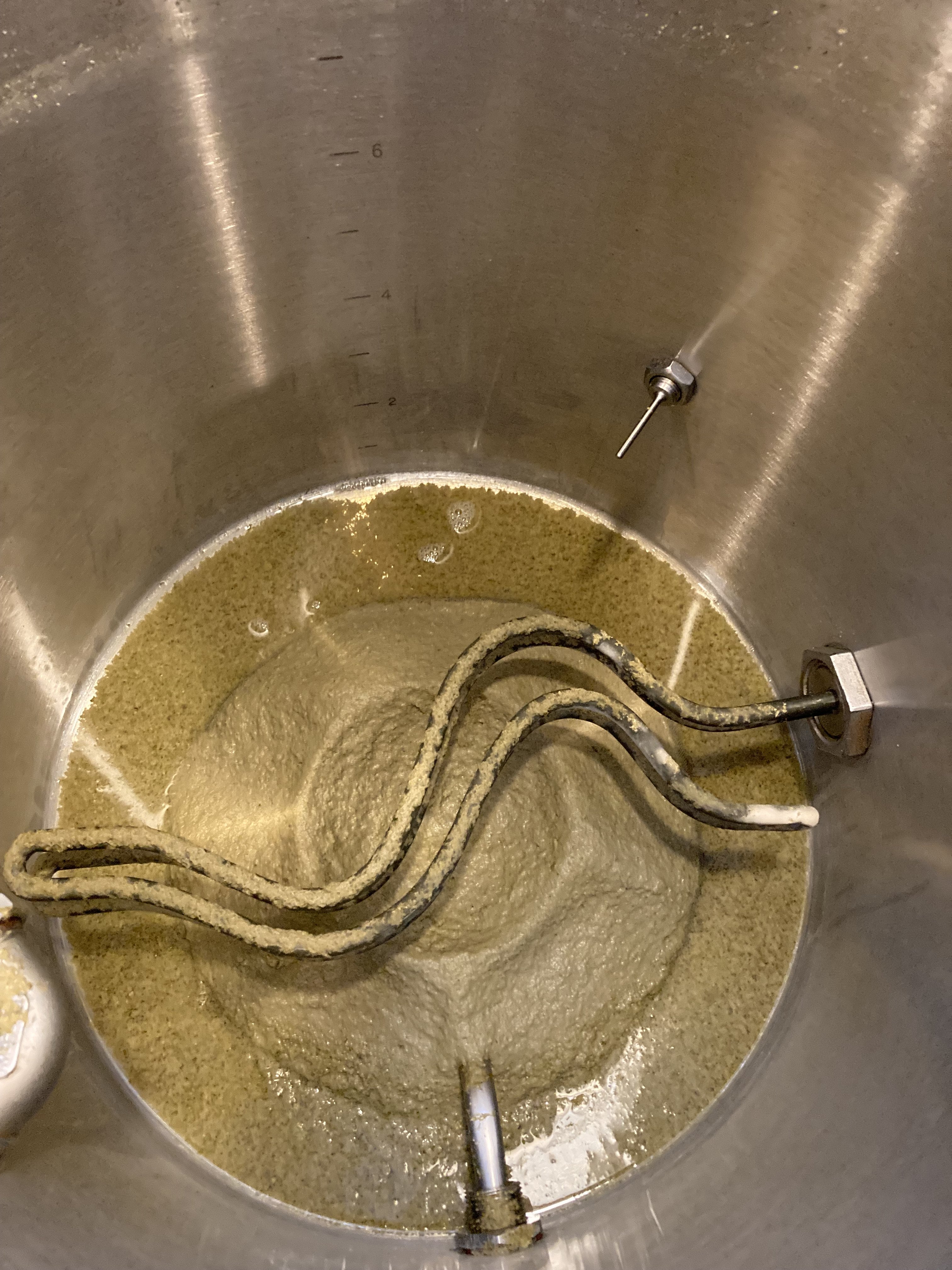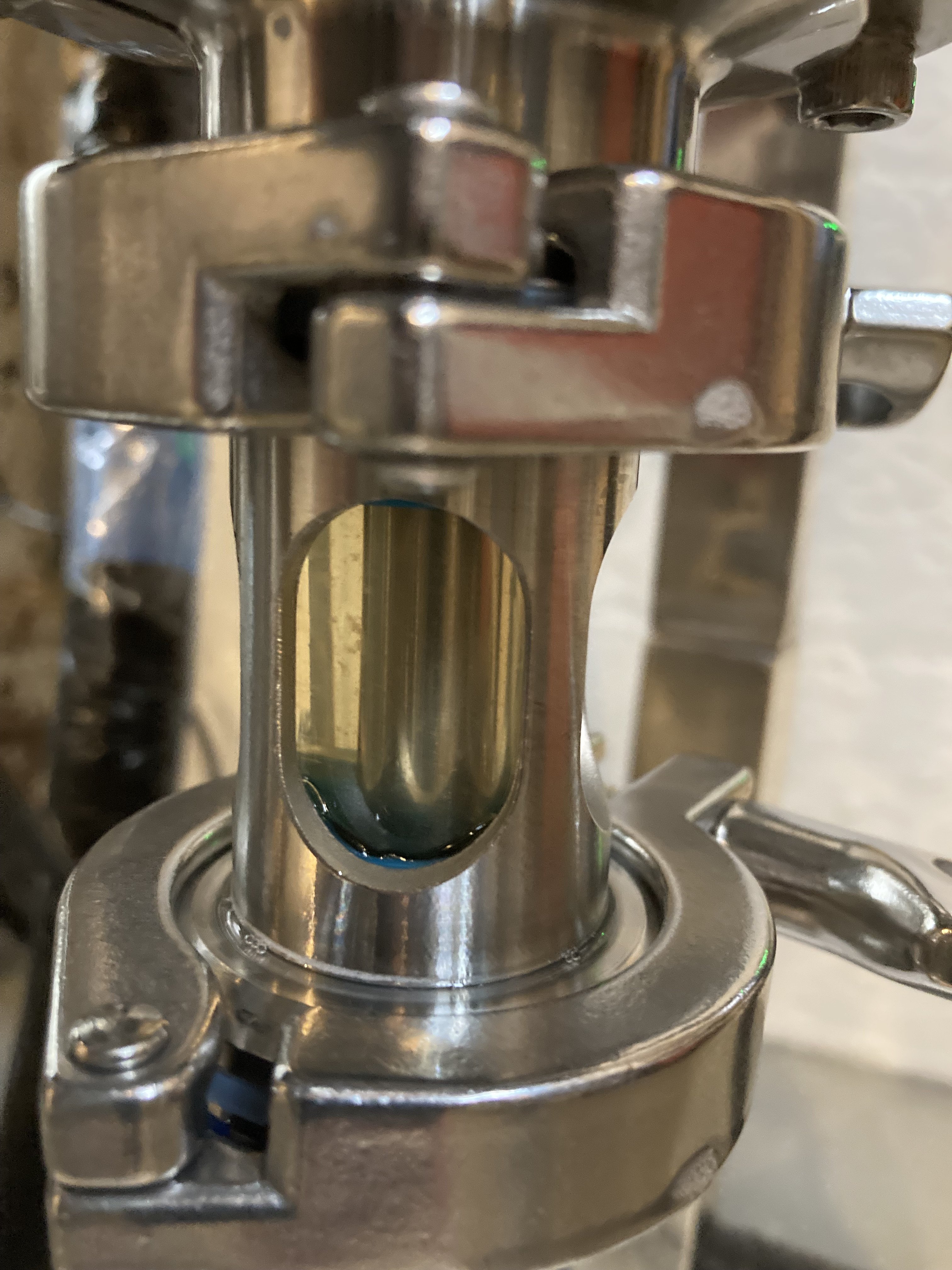@Brooothru, I completely agree with you. Let's call it "adopting techniques that reduce your total packaged oxygen on both the hot and cold sides" or ATTRYTPOOBTHACS so nobody is offended.


I LOVE it! Can I co-opt the acronym?
I'm brewing a helles right now and I'm adopting this in my procedures. I used to oxygenate then pitch right away, but I'll pitch before oxygenating today. One other thing I do is to whirlpool my wort into my unitank (I fill through the racking arm pointed horizontally) and then let all the trub settle into a large sight glass before pitching.
Almost exactly what I do. I gently whirlpool in the BV after chilling below 70F/21C, cover let stand for about 20~30 minutes while the trub settles (it falls like a rock when it's dosed with the BrewTan B 'trifecta'), and then pump (underletted) into a unitank with the racking arm parallel to gravity. I even tried circulating left rather than right to account for Coriolis effect in the Northern latitudes (hate to admit it, but I really did. Conclusion: doesn't matter, works great either way!).
Here are some pics:
View attachment 743715
Yep. That's what the BV looks like after whirlpool
View attachment 743716
I've started cold crashing down to pitch temperature, waiting a few hours, then opening up the dump valve with the sight glass in place and letting the "egg drop soup" settle and compact. As the trub settles, it pushed the wort back up into the fermenter. Less trub, more wort. Then I close the dump valve, pitch the yeast, then oxygenate. Since the temperature goes quickly from boil to around 45F-50F, I'm not too worried about an infection taking up residence in the wort before fermentation actually starts.
Clear wort before pitching:
View attachment 743717View attachment 743718
Just for fun, here's the clarity of my first runnings:
View attachment 743719
It's a beautiful thing! If I didn't know better I'd say you'd taken pics of my brew day. I've read some articles saying that
some trub is a good thing for the health and vigor of the yeast. I do add nutrients when pitching after trub dump and haven't experienced any lag in fermentation in the adaptive phase. If anything
nearly all of my fermentations (with one recent exception) since adopting this methodology have been quicker and attenuated more completely. My beers also stay fresher longer.


















































![Craft A Brew - Safale S-04 Dry Yeast - Fermentis - English Ale Dry Yeast - For English and American Ales and Hard Apple Ciders - Ingredients for Home Brewing - Beer Making Supplies - [1 Pack]](https://m.media-amazon.com/images/I/41fVGNh6JfL._SL500_.jpg)












 Prost!
Prost!
